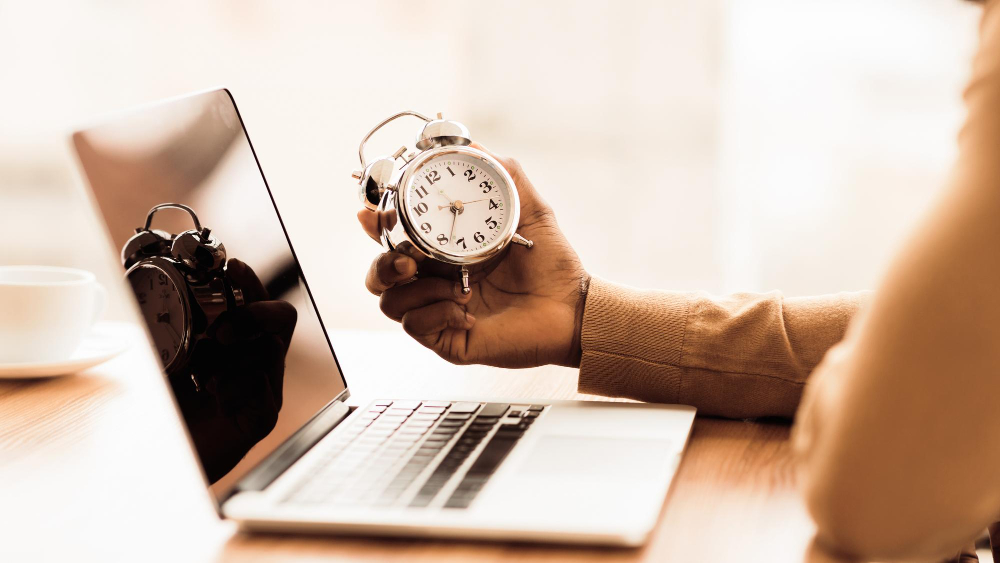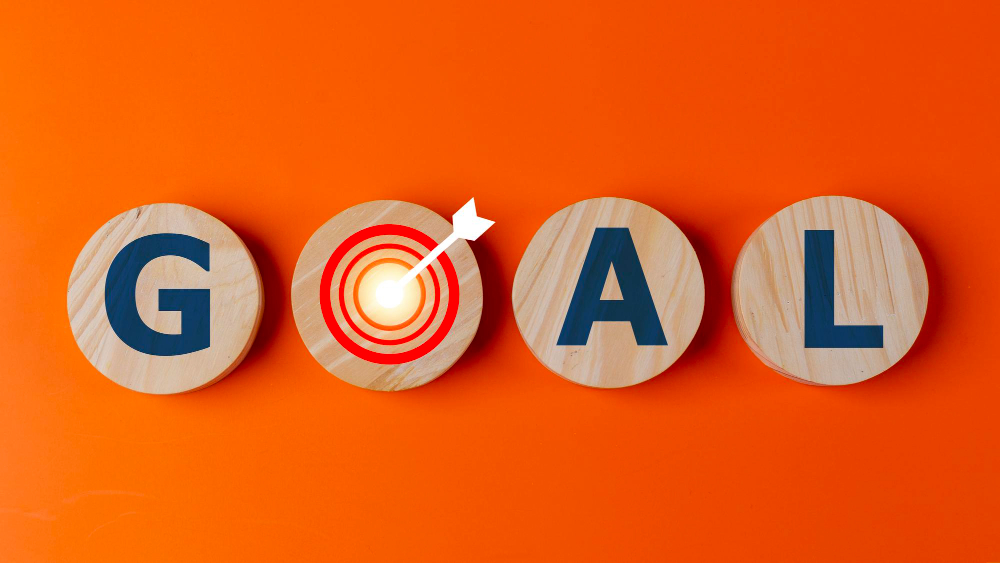In a world of constant demands and distractions, mastering how to use the time effectively has become a critical skill for personal and professional success.
Research from the American Psychological Association highlights that poor time management is directly linked to increased stress, sleep problems, and anxiety. This comprehensive guide will walk you through ten proven strategies for how to use the time effectively, transforming your relationship with the clock from one of constant chase to one of calm control.
Learning how to use the time effectively is not about squeezing more tasks into your day, it is about focusing on what truly matters and working smarter.
The quest for how to use the time effectively is ultimately about creating more space for the things you value most, whether that is family, hobbies, or personal growth. It is a journey that requires shifting your mindset, adopting new habits, and using the right tools.
Whether you feel constantly behind, struggle with procrastination, or simply want to optimize your workflow, these principles will provide a clear and actionable path.
Let’s explore the fundamental techniques that will help you take command of your hours and your life.
Understand where your time actually goes

The first step in learning how to use the time effectively is to gain an honest and clear understanding of your current habits. You cannot manage what you do not measure.
Conduct a time audit for one week
Most people are surprised to discover how they actually spend their time versus how they think they spend it. For the next seven days, commit to tracking your activities.
- Use a simple notebook, a spreadsheet, or a time tracking app.
- Record what you are doing in 30 minute or one hour blocks throughout your waking hours.
- Be brutally honest, include time spent on social media, watching television, or daydreaming.
At the end of the week, review your log. You will likely identify significant time drains and patterns of inefficiency you were not aware of.
This audit provides the essential data you need to make informed changes and is the foundational step for how to use the time effectively.
Analyze your patterns and identify time thieves
Once you have your data, categorize your activities. How much time was spent on crucial work, how much on low value tasks, and how much on pure leisure.
Look for your personal “time thieves,” those activities that consume large chunks of your day without providing much value in return.
Common culprits include unstructured meetings, constant email checking, or getting lost in digital distractions.
Recognizing these patterns is a powerful moment of clarity in your journey to understand how to use the time effectively, as it reveals the exact areas where small changes can yield big results.
Set clear and meaningful goals

Time management is meaningless without direction. To truly learn how to use the time effectively, you must know what you are working toward.
Define your priorities with the SMART framework
Vague goals lead to vague actions. The SMART framework helps you create goals that are Specific, Measurable, Achievable, Relevant, and Time bound. Instead of saying “I want to get fit,” a SMART goal would be “I will jog for 30 minutes, three times a week, for the next three months to run a 5k.”
This clarity eliminates ambiguity and makes it easy to plan your time accordingly.
When your daily tasks are connected to your larger goals, you naturally begin to understand how to use the time effectively because every action has a purpose.
Break down large goals into actionable steps
A big goal can feel overwhelming, leading to procrastination. The key is to break it down into small, manageable tasks. If your goal is to write a book, your first step might be “outline chapter one.”
The next step could be “write 500 words for chapter one.” These small steps are easy to schedule and complete, creating a sense of momentum and progress.
This process of decomposition is essential for how to use the time effectively on ambitious projects, as it transforms a distant dream into a series of daily to do items.
Master the art of prioritization

With clear goals in place, the next step in learning how to use the time effectively is to determine what to do first. Not all tasks are created equal.
Use the Eisenhower Matrix to categorize tasks
This simple but powerful tool, attributed to President Dwight D. Eisenhower, helps you sort your tasks into four quadrants.
- Urgent and Important: Do these tasks immediately. (e.g., a project deadline today)
- Important but Not Urgent: Schedule these tasks. (e.g., exercise, long term planning)
- Urgent but Not Important: Delegate these if possible. (e.g., some emails, interruptions)
- Neither Urgent nor Important: Eliminate these tasks. (e.g., mindless web surfing)
Most effective people spend the majority of their time in Quadrant 2, working on important tasks before they become urgent. This proactive approach is a cornerstone of how to use the time effectively and reduces last minute stress.
Apply the 80/20 rule to your activities
The Pareto Principle, or the 80/20 rule, suggests that 80 percent of your results come from 20 percent of your efforts. Identify which 20 percent of your tasks contribute the most to your goals.
Is it client work, specific creative tasks, or strategic planning. Once you identify these high impact activities, you can deliberately focus more of your time and energy on them.
This principle teaches you how to use the time effectively by focusing on leverage, not just activity.
Plan your days with intention
A plan is your roadmap for the day. Without it, you are likely to be reactive, responding to whatever demands arise instead of proactively moving toward your goals.
Create a realistic daily schedule
At the end of each day, or first thing in the morning, take 10 minutes to plan your day.
- Review your goals and your task list.
- Select 3 to 5 most important tasks (MITs) that you commit to completing.
- Schedule these MITs into your calendar, blocking out specific time for them.
- Also schedule time for email, meetings, and breaks.
This practice ensures that your priorities get dedicated time before the day gets away from you. A scheduled task is much more likely to be completed, which is why detailed planning is crucial for how to use the time effectively.
Time blocking for deep focus
Time blocking is the practice of dedicating specific blocks of time in your calendar for specific activities. Instead of working from a long to do list, you work from a calendar where everything has its place, including deep work, administrative tasks, and even lunch.
This method prevents task switching, protects your focus, and makes your plan visual and concrete.
When you block time for a project, you are making an appointment with yourself that you are more likely to keep. Adopting time blocking is a transformative habit for anyone learning how to use the time effectively.
Leverage productivity frameworks
Structured frameworks can provide the discipline needed to maintain focus and momentum throughout your day.
Implement the Pomodoro Technique for sustained concentration
The Pomodoro Technique, which you can practice using the Focary timer, is a simple yet powerful method to maintain high levels of focus.
- Choose a task you want to work on.
- Set a timer for 25 minutes and work with complete focus until the timer rings.
- Take a short 5 minute break to stretch, get water, or look away from your screen.
- After four Pomodoro sessions, take a longer break of 15 to 30 minutes.
This rhythm aligns with the brain’s natural attention span and helps prevent mental fatigue. It is a practical, hands on method for how to use the time effectively during work sessions, as it builds in mandatory rest to sustain energy.
Apply the two minute rule to maintain momentum
From David Allen’s Getting Things Done methodology, the two minute rule states that if a task takes less than two minutes to complete, you should do it immediately. This prevents small tasks from piling up on your to do list and creating mental clutter.
Quickly replying to an email, filing a document, or wiping down a counter are examples. By handling these micro tasks right away, you free up mental space and maintain a sense of control and progress, which is a key aspect of how to use the time effectively throughout the day.
Minimize distractions and interruptions
In the digital age, the battle for your attention is constant. Protecting your focus is a primary component of how to use the time effectively.
Control your digital environment
Your devices are designed to interrupt you. You must design a system to fight back.
- Turn off non essential notifications on your phone and computer.
- Use website blockers during focused work sessions to prevent access to distracting sites like social media or news.
- Schedule specific times to check email and messages, rather than responding to every alert instantly.
Creating these digital boundaries reclaims your attention and allows for deep, uninterrupted work. This is a non negotiable practice for how to use the time effectively in the 21st century.
Create a physical workspace conducive to focus
Your environment plays a significant role in your ability to concentrate. If possible, create a dedicated workspace that signals to your brain that it is time to work.
Keep this space tidy and organized. Use headphones with noise cancelling or calming music to block out ambient noise.
Communicate your need for focus to those around you, whether it is family members or colleagues, so they know not to interrupt you during your deep work blocks.
Optimizing your environment is a critical step in learning how to use the time effectively.
Review and adapt your system regularly

Your time management system is not set in stone. It should be a living system that adapts to your changing projects, goals, and life circumstances.
Conduct a weekly review
Set aside 30 to 60 minutes at the end of each week, perhaps on a Friday afternoon or Sunday evening, to reflect.
- What went well this week. What did you accomplish.
- What challenges did you face. Where did you get stuck or distracted.
- Review your upcoming goals and projects for the next week.
- Plan your key tasks and schedule for the week ahead.
This weekly review, a concept from Getting Things Done, closes the loop on the current week and sets you up for a purposeful and productive new week.
It is the habit that ensures you are consistently learning and refining your approach to how to use the time effectively.
Be flexible and avoid perfectionism
No time management plan survives contact with reality completely intact. The goal is not to create a perfect, rigid schedule, but a flexible guide.
Unexpected tasks and emergencies will arise. The mark of someone who knows how to use the time effectively is not that they never get derailed, but that they can easily adjust their plan and get back on track without guilt or stress.
Embrace a mindset of continuous improvement, not perfection.
Mastering how to use the time effectively is a lifelong practice that pays dividends in reduced stress, greater achievement, and more free time.
It begins with self awareness through a time audit, followed by setting clear goals and prioritizing tasks based on their true importance.
Implementing structured planning with time blocking and techniques like the Pomodoro Technique, which you can practice with the Focary timer, provides the daily discipline needed for deep focus.
Protecting your attention from digital and environmental distractions is essential in our connected world. Remember that the most effective system is the one you will consistently use and adapt.
Start with one or two of these strategies, build the habit, and then incorporate more. Your ability to manage your time is a muscle that grows stronger with practice, leading you to a more productive, purposeful, and balanced life.
Ready to stop being distracted and start achieving your goals?
Start your first Pomodoro session with Focary today and reclaim your focus.
Start Focusing Now